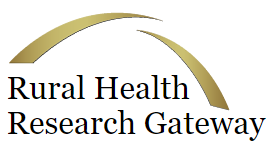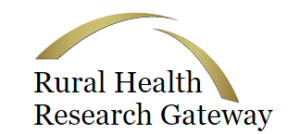August 9, 2024

Rural Health Research Gateway – The Low-Volume Hospital Adjustment Before and During COVID-19
This brief from the North Carolina Rural Health Research and Policy Analysis Center provides an update to a 2016 analysis of the profitability of low-volume rural Prospective Payment System hospitals under the Affordable Care Act’s qualifying criteria.
The Low-Volume Hospital (LVH) adjustment is for hospitals with fewer than 3,800 patient discharges in the previous year that are more than 15 miles from the nearest Inpatient Prospective Payment System acute care hospital.
Qualifying hospitals receive a payment adjustment up to an additional 25% for every Medicare patient discharge.
Click Here to Read the Brief



